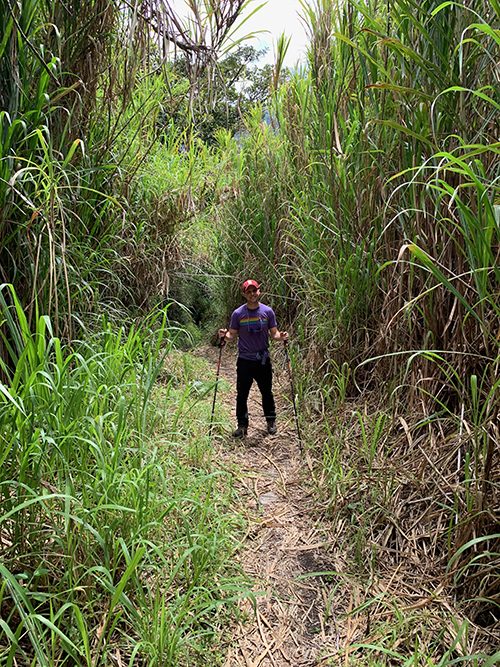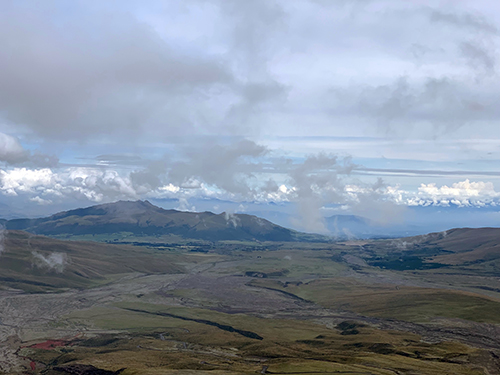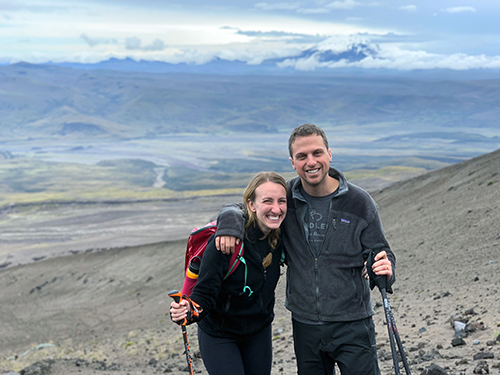We are generally strong hikers, or so we like to think, but on this trek we held a consistent spot in the back of the pack. The destination was the journey, and we were in no rush to leave the trail behind us. We were on a two-day hike through the Llanganates National Park, dressed in wellies with the imminent threat of rain that never came.
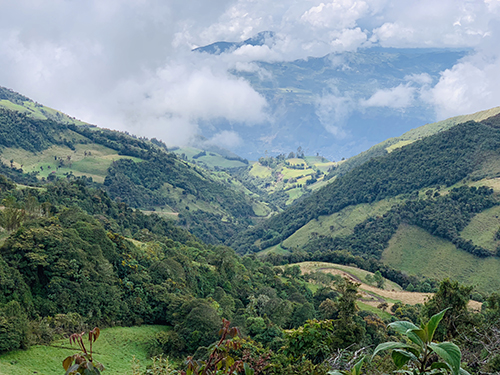
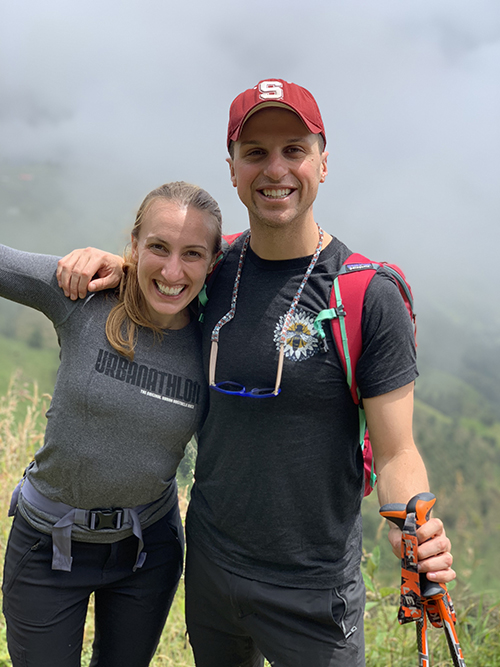
One guide led the way, the other tailed. Andrew, in his persistent habit to make fast friends everywhere he goes, began conversing with Juan Carlo. Juan Carlo steadied every flower I spotted for Andrew to photograph on his iPhone. He pulled fruits and plants from the ground to share with us – mint, gooseberries, babaco. We laughed as we compared the $.10 price of an avocado in Ecuador to the $2.00 price of an avocado in California. You could almost see the pain on Juan Carlo’s face when we told him an avocado may be closer to $4.00 on the East Coast, so we didn’t even broach the subject of avocado toast. Our favorites were the mora berries. They grew in abundance, naturally and farmed, and were shipped across Ecuador to make jugo naturales and vino.
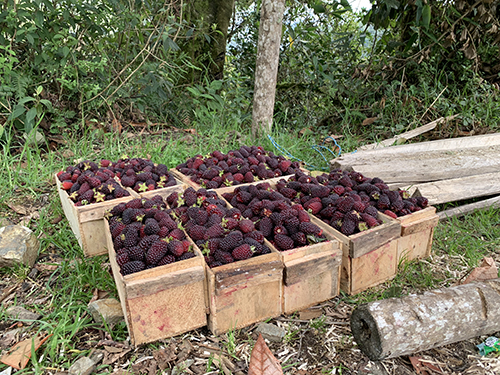
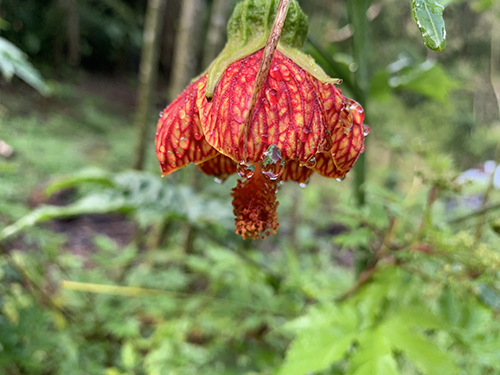
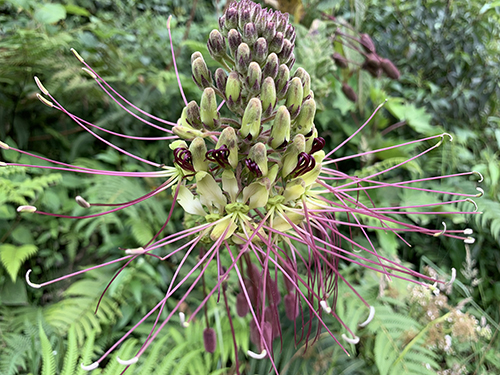
Juan Carlo saw his family friend on the path, an older gentleman who owned a farm large enough to house fruit and livestock. Arnaldo was carrying a machete, and excitedly abided by Andrew’s request to look strong for a photo.
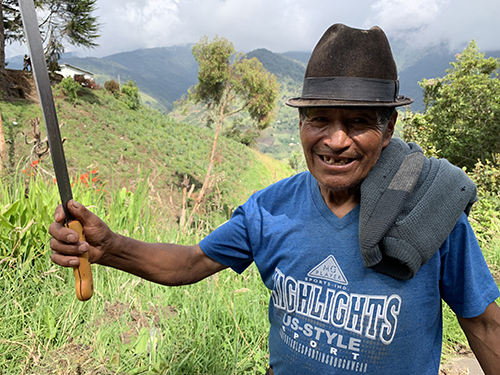

Before sunset we arrived at our camp, a covered flat in the middle of the park where our guides had squeezed together ten tents. The land was owned by a family who farmed trout, so as promised, we fished for our dinner in a pond containing hundreds of trucha. The family got to work, skinning and deboning to create an Ecuadorian feast for the group of us. We ended the night by dipping marshmallows in moonshine to watch them be engulfed by flames over the hot blaze of our campfire, with the rain that had held off pouring onto the tin roofs.
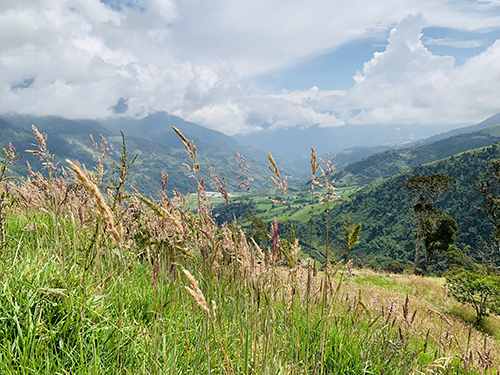
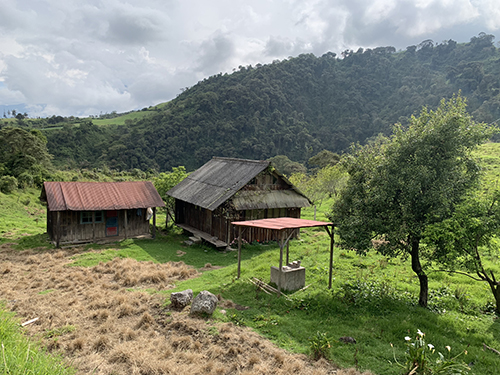
And the next day, we began again.
